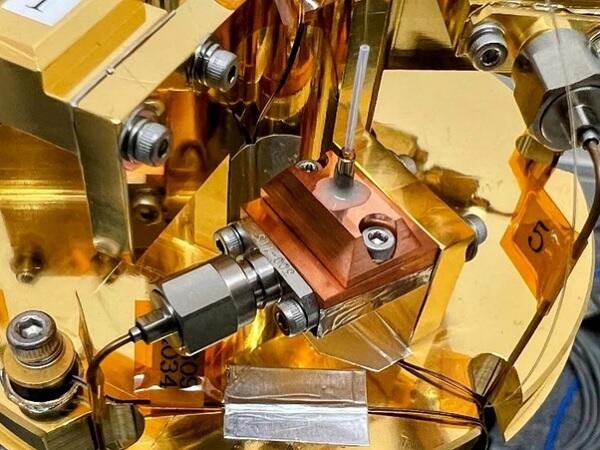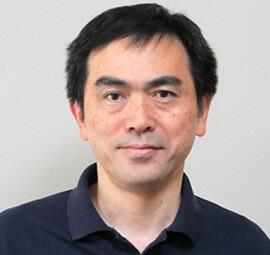An "optical quantum computer," a highly promising next-generation light-based computer, requires the realization of the "GKP qubit," a basic element necessary for automatic calculation-error correction. Now, a joint research group led by the University of Tokyo has announced the world's first achievement of creating light-based GKP qubits.
The optical quantum computer is a type of quantum computer that functions at ambient temperature and has the potential for miniaturization. The global competition for its development is very intense. However, GKP qubits, which have been realized in superconducting quantum computers, have not been successful in optical systems. The research group claims that their achievement marks a major advance toward the practical application of error-correctable optical quantum computers.

Provided by the University of Tokyo and collaborators
The research group includes Professor Akira Furusawa and Assistant Professor Warit Asavanant of the Graduate School of Engineering at the University of Tokyo, as well as researchers from the National Institute of Information and Communications Technology (NICT), the Institute of Physical and Chemical Research (RIKEN), Palacký University (Czech Republic), and the University of Mainz (Germany).

(courtesy of the Japan Science and Technology Agency)
Quantum computers exploit the properties of the minuscule constituents of matter, known as quanta, such as light, atoms, and electrons. Just as conventional computers represent the smallest units of information using "bits," denoted as 0s or 1s, quantum computers use "quantum bits," which are "a mixture of 0s and 1s." There are several types of quantum computers, including those using photonics, superconductivity, ions, and semiconductivity. In all types, errors tend to occur in the middle the computation.
Because of the fragile nature of individual qubits, many of them may be combined to form a single qubit. This "logical qubit" is achievable by several methods. One such method is the GKP qubit. Its degree of perfection is considered to be key to correcting computational errors in quantum computers.
The optical quantum computer being researched and developed by Furusawa and his colleagues implements quantum bits using pulses that can be described as light signal waves. The research group first developed a high-performance photon detector using superconductivity. This detector can repeat the same process to produce a high-quality qubit-linked state.
Using this photon detector, the research group successfully produced a special optical state (peak) from a single pulse containing many light quanta. This enabled the realization of GKP qubits, which are logical qubits that operate like a state where many qubits are arranged in a row.
As reported in the literature, quantum computers involving superconductivity and ions have already yielded results successfully demonstrating GKP qubits and their error-correction functions. However, this required many qubits and, therefore, resulted in bulky and power-hungry computers. In the present case, the generation of logical qubits using light brings us closer to realizing a quantum computer of practical size.
Furusawa's "Research and Development of an Error-Tolerant Large-Scale General-Purpose Optical Quantum Computer" constitutes a leading research project within the government's "Moonshot R&D Program" goal 6: "Realization of Error-Resistant General-Purpose Quantum Computers by 2050 that will dramatically advance the economy, industry, and national security."
The research group has been developing methods for increasing the computational power of optical quantum computers and for enabling "multiplication" operations, which were previously considered difficult. A venture company will be founded for practical implementation around September, based on the results of this project. The research results were published in the U.S. scientific journal Science on January 19.
Original article was provided by the Science Portal and has been translated by Science Japan.




